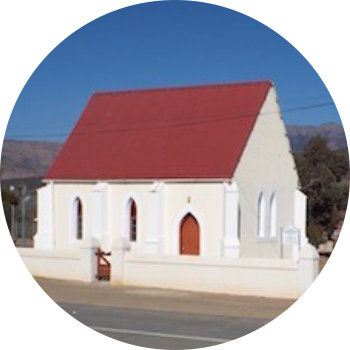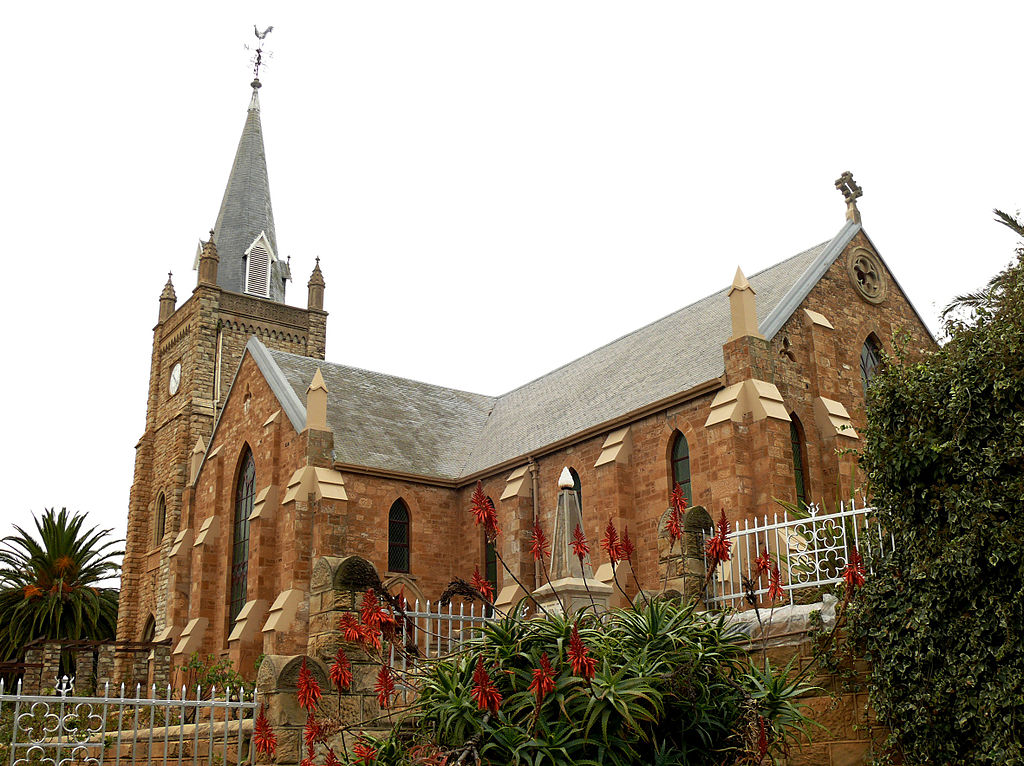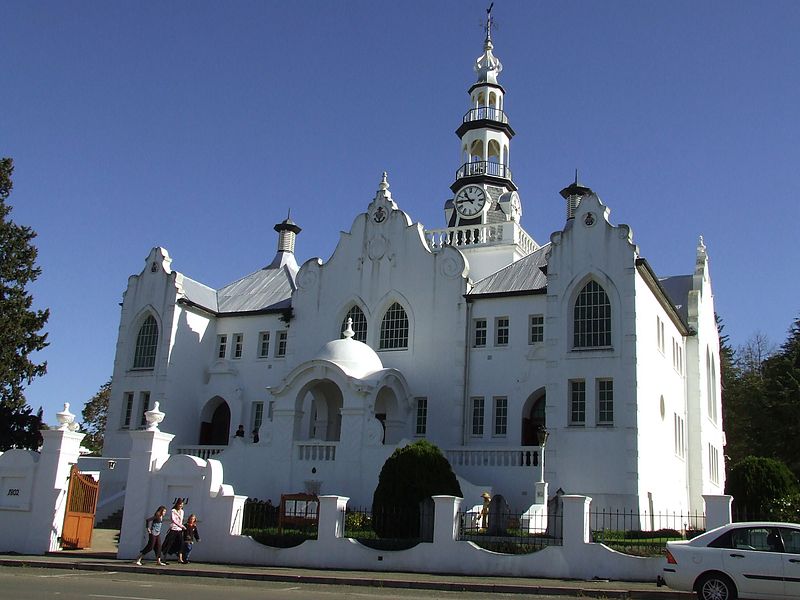STEEPLE CHASE 2023
GRAVEL | TAR
Unleash Your Adventurous Spirit - Embrace the Thrill of Riding on Gravel Roads!
The Steeple Chase
Here you have to do a circular route of around 400km. The route runs from George to Klaarstroom, Prins Albert, Calitsdorp, van Wyksdorp, Herbertsdale and back to George. It can be done in one day, or as a sleepover weekend trip. There are 10 specific churches listed that you will find on this route. We provide the pictures and info, and you locate and photograph your bike in front of each of these churches during your trip.
Note: This is a very long route to complete in one day. We have partnered with Rooiberg Lodge on the Rooiberg pass between Calitsdorp and van Wyksdorp and can offer contestants this special deal:
Accommodation in the Loft rooms @ R200 pp. A Boma Braai Pack R180 pp & biker bar specials! Gather a couple of friends and relax at the pool after the day’s riding, or enjoy a drink on the deck before enjoying a true South African braai in the boma!
The 10 churches to identify are:

1912 was an important year as the new church was erected in the neo-Byzantine style with a Marseilles roof. The pulpit, made of yellowwood and stinkwood is from the previous church. The organ was erected by G.W. Price and Son of Cape Town. It was a gift from the three Potgieter brothers of Rietfontein and Buffelskloof which they imported from Hamburg, Germany. Each brother gave £800 for a total cost of £2,400. It has 1,495 pipes in seven sets. The pews, shaped like benches, are of solid oak and can seat 2,000 people.
It is a good example of the sandstone architecture of the ostrich-era. Architect W.H. Louw of Paarl, Building contractor J.P. Strydom, Supervisory architects J.G. Vixseboxse, total building cost £12,790.

The village has a number of registered provincial heritage buildings including the “Old Mill” at Voelgesang and the historic Dutch Reformed Church.

Something totally unique in our area!







The Random Steeple Chase
A selection of churches, of which you can choose three to take a day ride and photograph your bike in front of these churches, too.
The Mystery Steeple Chase
This one is a riddle. Figure out where this church is, and go photograph your bike in front of it.











